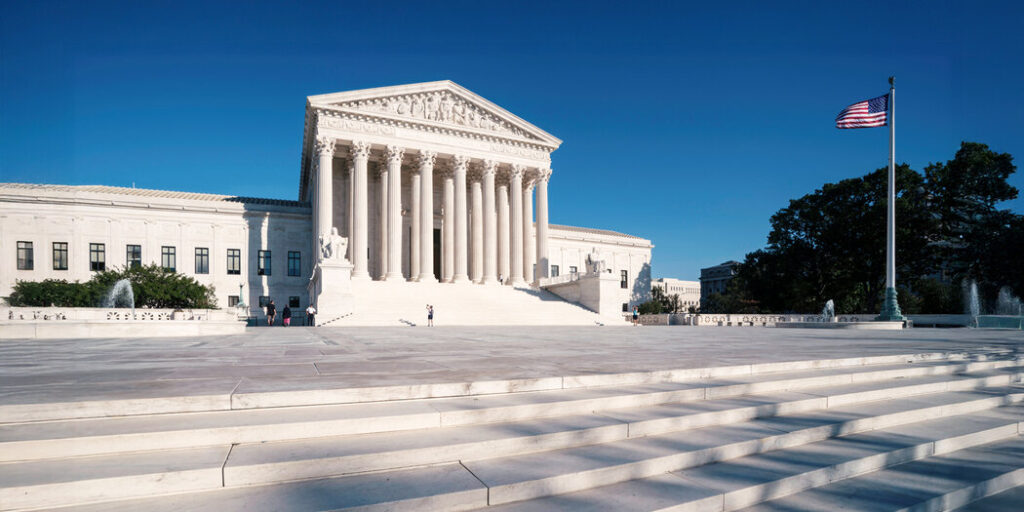The Turbulent Relationship Between President Trump and Federal Reserve Chair Jerome Powell
In a recurring sequence of events, President Donald Trump’s repeated criticisms of Federal Reserve Chair Jerome Powell have led to significant fluctuations in the stock market. Each time Trump threatens to dismiss Powell, the market reacts sharply, with notable dips following such announcements.
Trump’s proposed “Liberation Day” tariffs have been warned against by Powell, who stated they would result in “higher inflation and slower growth.” He also clarified that the Federal Reserve would be unable to mitigate these effects. Following these remarks, Trump renewed his threat to fire Powell, labeling him as “Mr. Too Late” and demanding immediate interest rate cuts. This led to a decline of over 950 points in the Dow. However, when Trump later stated he had “no intention of firing” Powell, the market rebounded significantly.
The situation presents a potential dual crisis—financial and constitutional. Legally, Trump lacks the authority to dismiss Powell without cause. However, this hasn’t stopped Trump from asserting otherwise, even though the courts might not support his claim.
Understanding the Federal Reserve’s Independence
The Federal Reserve, established in 1913, operates as the central bank of the United States, created to ensure a “resilient financial system.” Historically, it has been structured to function independently from political influence, a design not without its critics. Past presidents, such as Richard Nixon, have exerted political pressure on the Fed, notably leading to significant economic repercussions.
This independence is safeguarded by legislation, including the Federal Reserve Act, which stipulates a four-year term for the chair, who can only be removed for cause. Despite these protections, Trump’s administration challenges this principle, citing a Supreme Court decision that may support their stance.
The Legal Precedent and Its Challenges
The 1935 Supreme Court case Humphrey’s Executor set a precedent for the protection of independent agency leaders, ruling that they cannot be dismissed without cause. This decision has been a cornerstone for maintaining the autonomy of agencies like the Federal Reserve. However, recent Supreme Court dynamics suggest a willingness to reconsider this principle, as shown in cases questioning the dismissal of independent agency heads.
Should the court overturn Humphrey’s Executor, it could have sweeping implications, potentially affecting a wide range of agencies beyond the Fed, such as the Securities and Exchange Commission and the Federal Election Commission, all of which rely on their independence to function effectively.
Possible Economic Ramifications
If Trump were to proceed with firing Powell, the economic impact could be severe. Such an action might trigger a plunging market, erode public confidence, and cause interest rates to spike due to fears that the robust check against inflation would be compromised. The conservative majority in the Supreme Court may attempt to preserve the Fed’s independence while altering the status of other regulatory bodies.
The historical context underscores the potential fallout of such actions. For instance, the dismissal of finance minister Jacques Necker by King Louis XVI in 1789 led to public outrage and played a role in sparking the French Revolution.





